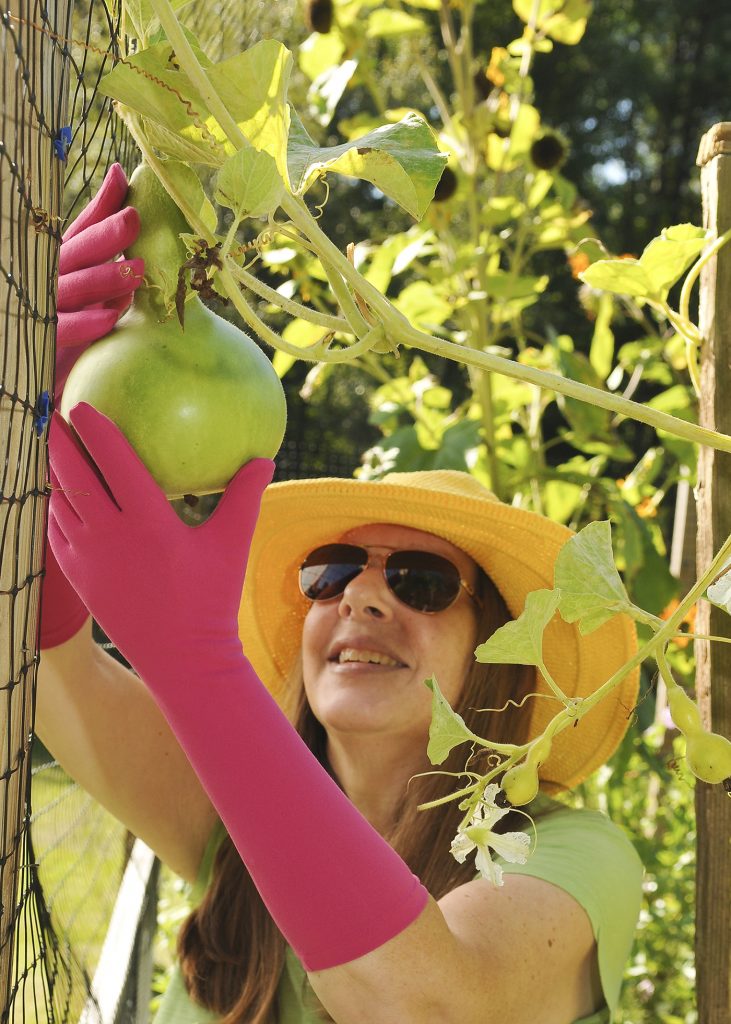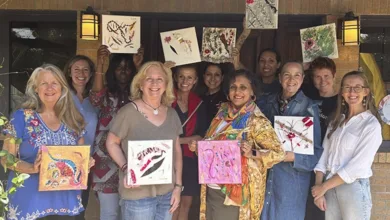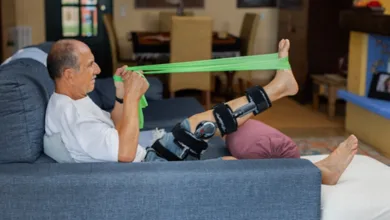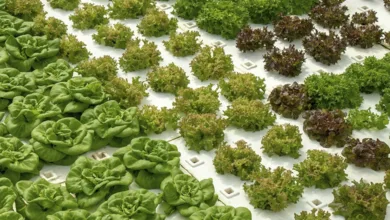Simple Tips to Protect Your Skin When Gardening

Many of us are eagerly waiting to dig in the dirt to plant flowers and vegetables when the temperatures are not too hot. Fall is a busy time for gardening and other outdoor activities.
Check your skin regularly for any suspicious moles, spots, growths, and changes. And visit your dermatologist at least once a year. They will help you detect and manage problems early.
Gardening provides many benefits, but, like any outdoor activity, it is essential to protect yourself from the sun’s damaging rays.
Skin cancer is diagnosed in more than 5 million cases each year, and most are associated with exposure to the sun’s ultraviolet rays. Even though it’s the most common form of cancer in the U.S., it is also one of the most preventable. Reduce this percentage and keep yourself and others safe with a bit of skin cancer prevention.
Use sunscreen year-round. It is easy to overlook during those extremely cold or hot months where we may be bundled up or spending minimal time outdoors. In truth, running errands, and even time spent in the car, results in sun exposure.
Apply a sunscreen with UVA/UVB protection and a minimum SPF of 30 over your entire body at least 30 minutes before going outdoors. It is advisable to use sunscreen on cloudy days too. Apply generously to lips, tips of ears, and the backs of your neck and hands.
Reapply sunscreen every two hours, or after swimming or excessive sweating.
Keep a bottle of sunscreen in your garden tool kit as a reminder to apply throughout the day. If it’s easily accessible, you are more likely to use it as needed.

Avoid gardening and outdoor activities when the sun is most intense, usually between 10 AM and 4 PM. Find those shady spots to weed, or relax during that time. Avoiding the harsh sunlight means cooler temperatures that make working in the garden more enjoyable.
Cover up for better protection. Wear a broad-brimmed hat to protect your ears, scalp, neck, and face from the sun. Don clothing of tightly woven fabric, which helps block harmful UV rays. And talk to your dermatologist about the benefits of investing in photoprotective clothing.
Be sure to include gloves when purchasing sun-protective clothing. Look for knit gloves that provide 50+ UPF (ultraviolet protection factor). This style of gloves is lightweight and breathable and comes in a variety of colors, making them easy to wear when working, driving, or participating in any outdoor activity.
And don’t forget about your eyes! Wear sunglasses with that broad-brimmed hat for more protection when gardening, relaxing, or recreating outdoors.
Check your skin regularly for any suspicious moles, spots, growths, and changes. And visit your dermatologist at least once a year. They will help you detect and manage problems early.
Add sun protection to your to-do list as you enjoy your time outdoors this season. Then encourage your family and friends to do the same. A bit of prevention can reduce your risk of becoming that one individual in five who develops skin cancer by the vital age of 70.





